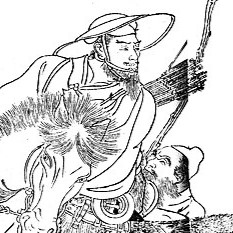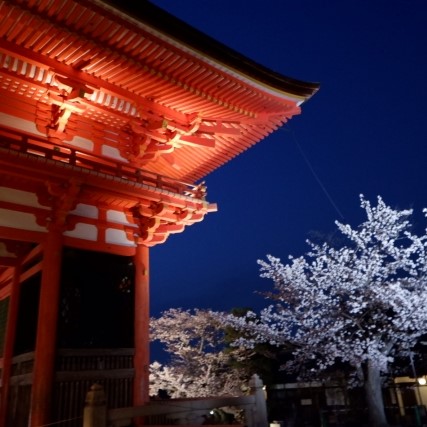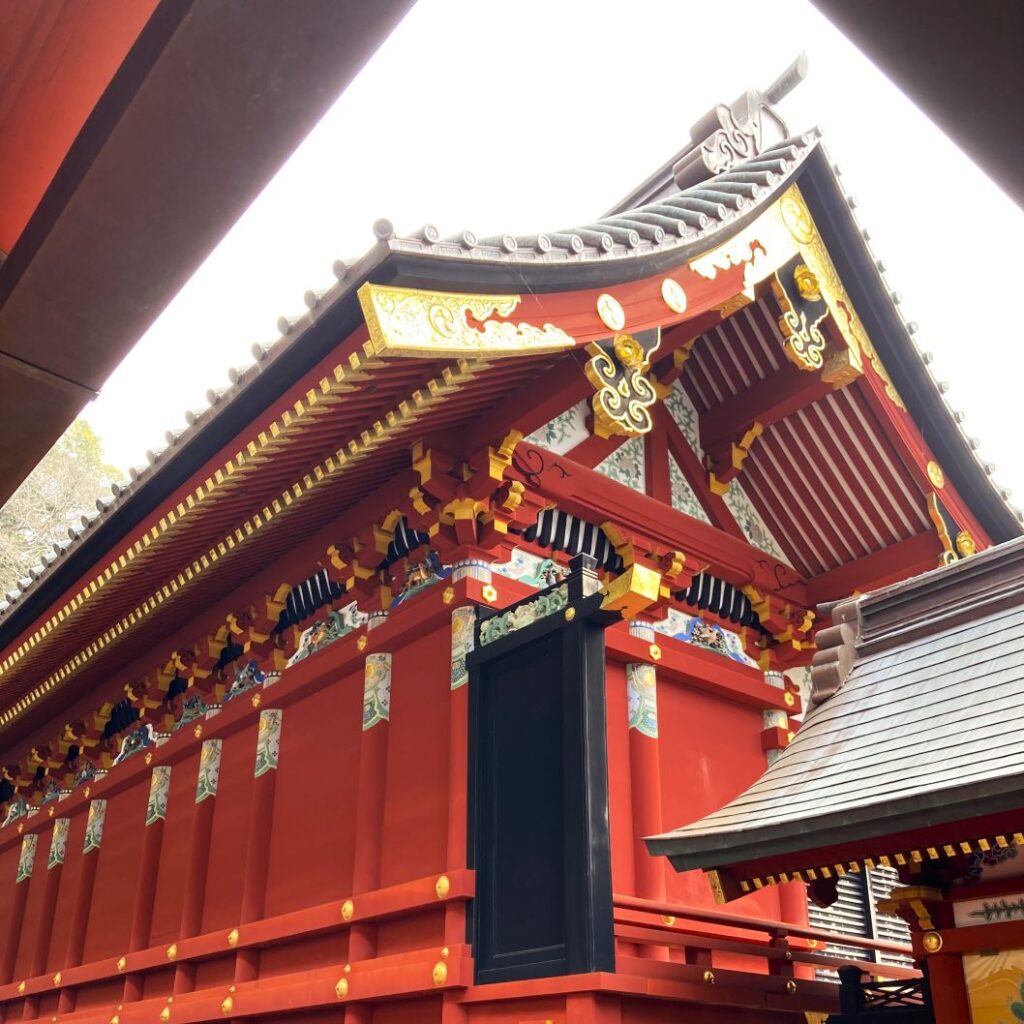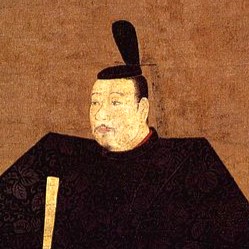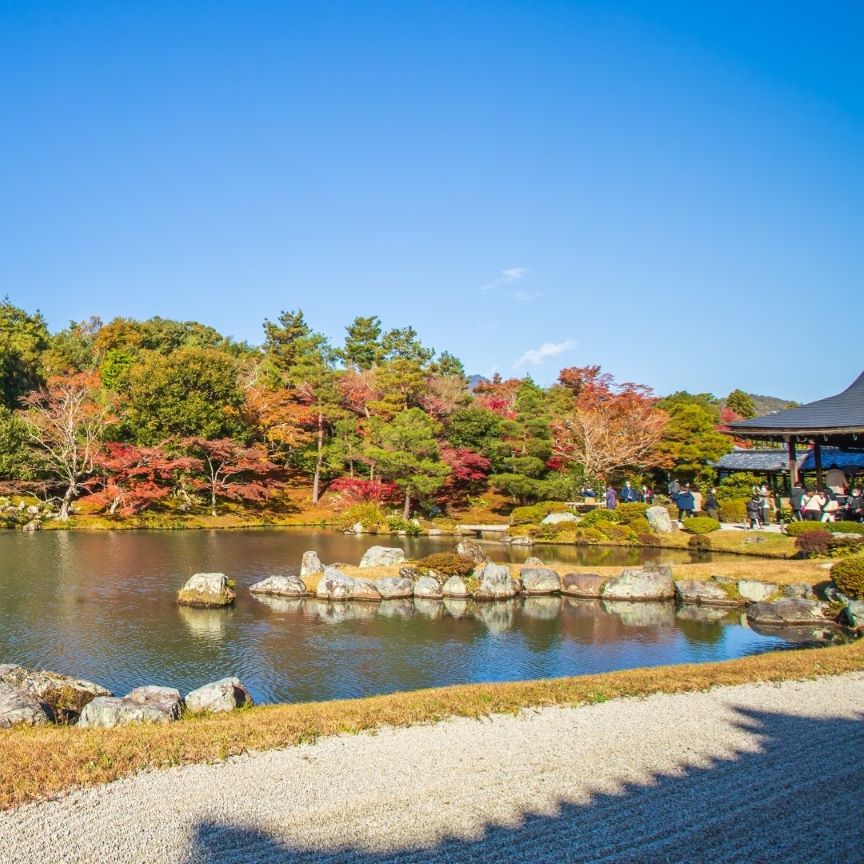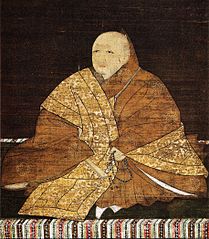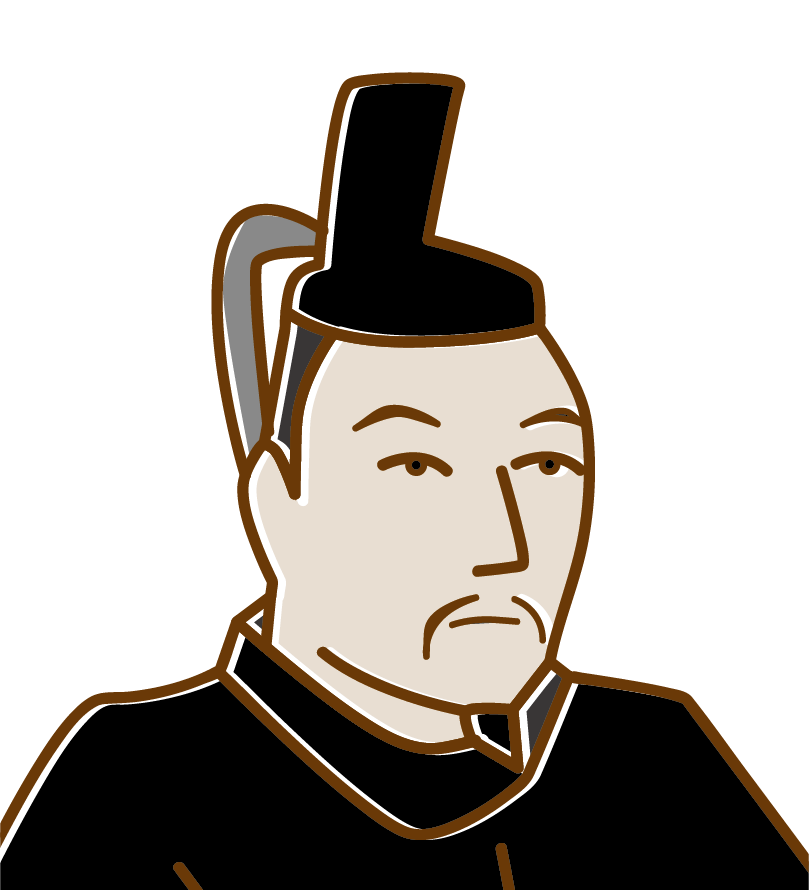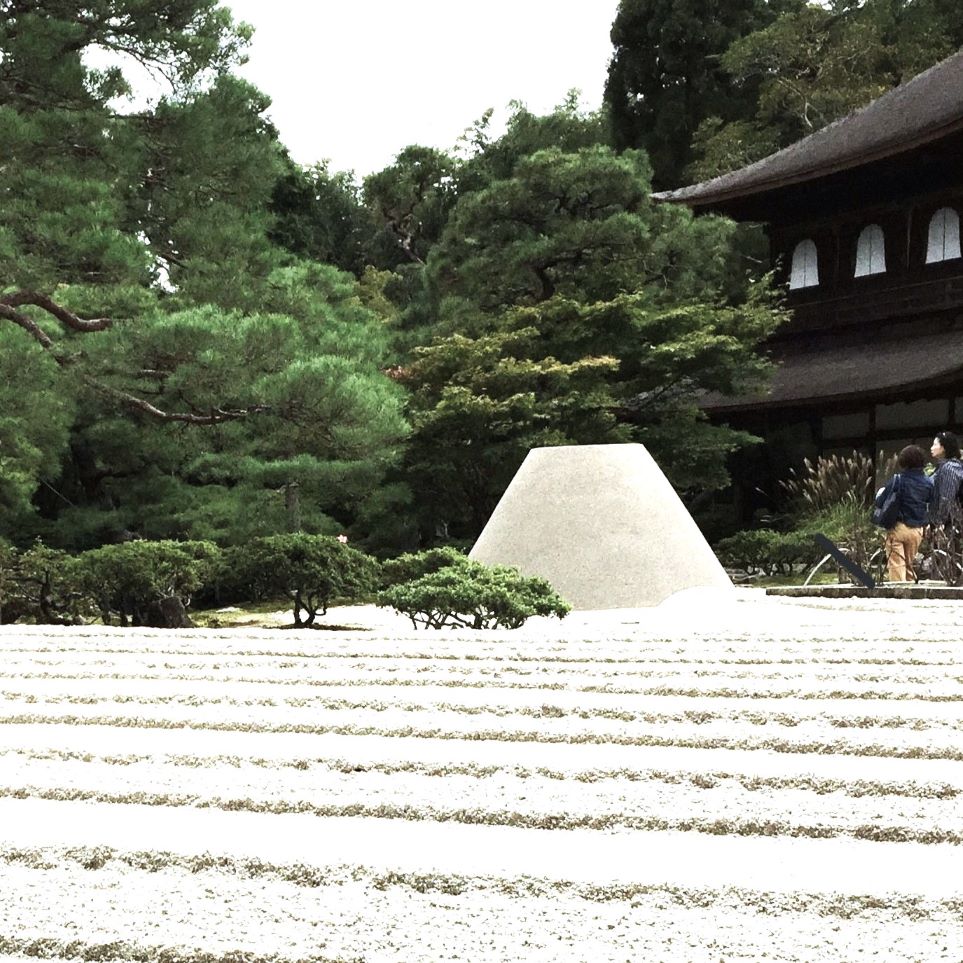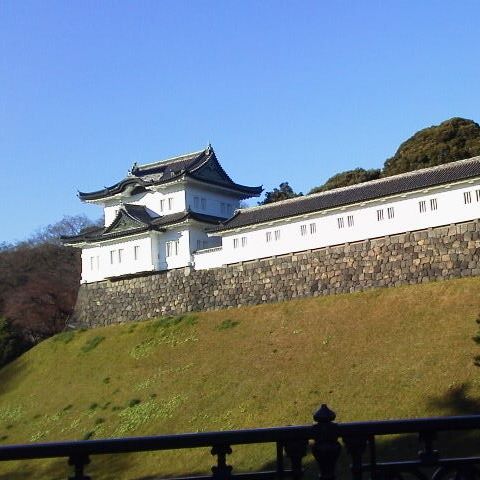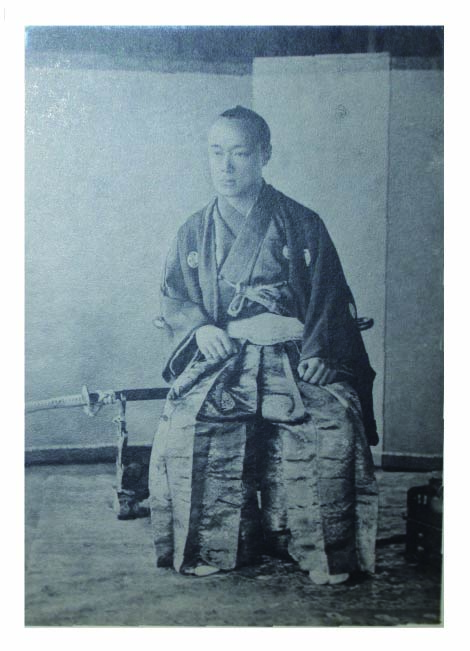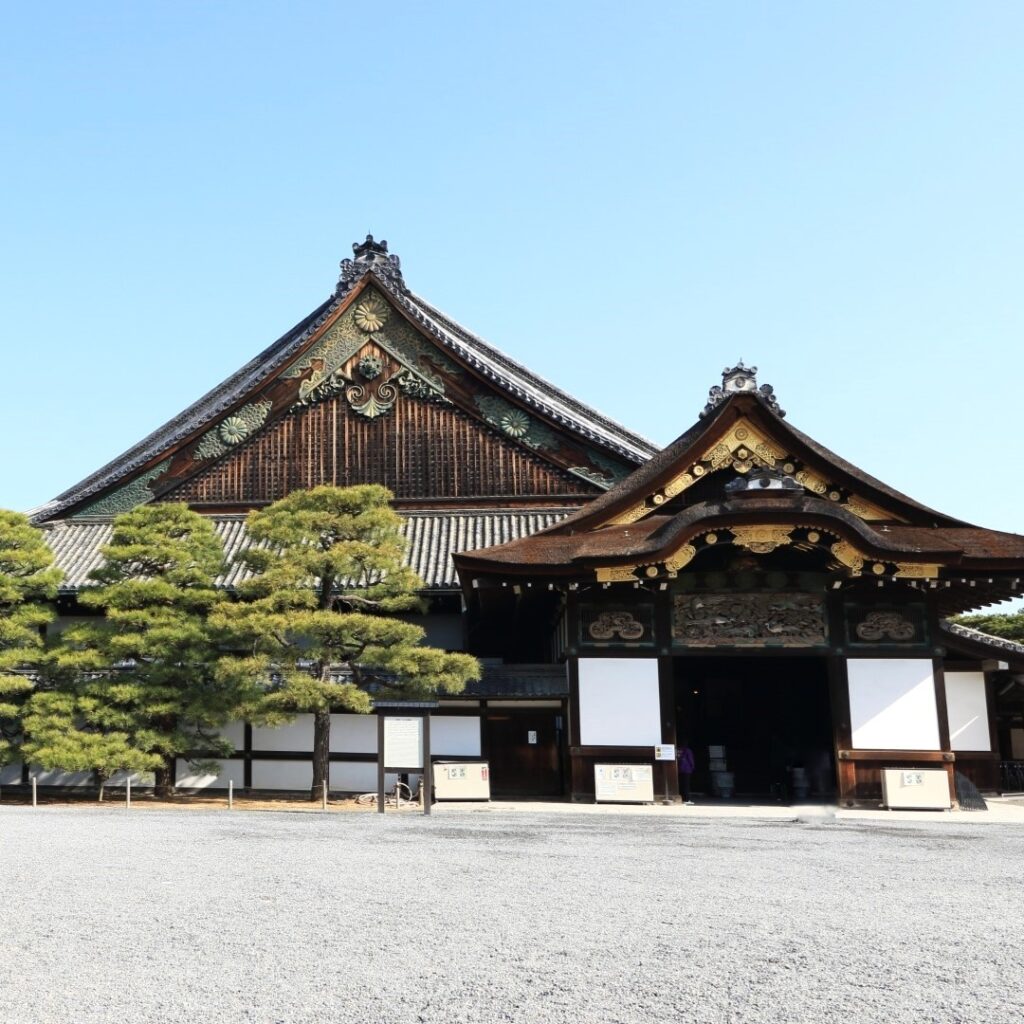A notable shogun is Tokugawa Ieyasu, but numerous other Shoguns such as Minamoto Yoritomo, Ashikaga Takauji, and more had ruled Japan and ended Shogun's rule in 1868 by the last Shogun, Tokugawa Yoshibobu. The era of samurai rule lasted for 683 years. Responsible for a wide range of affairs, including response to natural disasters, conflicts with the emperor and the imperial court, international trade, culture, and education, the shoguns ruled the nation with authority and power. Many famous castles and temple still tell their stories.
Heian Period (794-1185)
Sakanoue-no-Tamuramaro
Sakanoue-no-Tamuramaro (758-811, 坂上田村麻呂), the most prominent Shogun in ancient times, conquered the Emishi (barbarian tribes) in the Tohoku region. He met the monk who founded Kiyomizudera Temple, took refuge in Kannon Bosatsu (Bodhisattva Kannon), donated a hall dedicated to Kannon, and named the temple Kiyomizudera for the pristine Otowa Falls.>> Read More
Kamakura Period (1185-1333)
Minamoto Yoritomo
Minamoto Yoritomo (1147-1199, 源頼朝), the 1st Shogun of Kamakura Shogunate (1185-1333), built the Tsurugaoka Hachimangu Shrine in the center of Kamakura. The Kamakura Shogunate relied on the bond between Shogun and Gokenin (samurai retainers) through "favor and service". His cold political stance was vital in directing and overseeing the brave samurais. >> Read More
Muromachi Period (1336-1573)
Ashikaga Takauji
Ashikaga Takauji (1305-1358, 足利尊氏), the first Shogun of Muromachi Shogunate (1336-1573), defeated the Kamakura Shogunate and supported Emperor Go-Daigo (1288-1339, 後醍醐天皇) to restore the emperor's rule, known as the Kenmu Restoration (1333-1336). However, it was collapsed. Ultimately, Takauji raised his army to establish the Muromachi Shogunate. He built Tenryuji Temple to mourn Emperor Go-Daigo >> Read More
Ashikaga Yoshimitsu
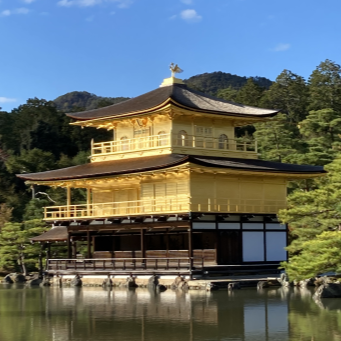
Ashikaga Yoshimitsu (1358-1408, 足利義満), the third Shogun of Muromachi Shogunate (1336-1573), governed the nation at the top of Samurai, Court Nobles, and Buddhist. The architecture of the Kinkakuji Temple built by him had to be, from top to bottom, the Buddhist style (Buddhist Yoshimitsu), the samurai style (Shogun Yoshimitsu), and the courtly aristocratic style (Grand Minister Yoshimitsu). >> Read More
Ashikaga Yoshimasa
Ashikaga Yoshimasa (1436-1490), the 8th Shogun of the Muromachi Shogunate (1336-1573), built the Ginkakuji Temple. He enjoyed watching the moon there amid the night's darkness, evoking memories of his time as Shogun. Despite political setbacks during the 11-year Onin War, he shaped the Higashiyama artistic style, encapsulating the essence of "Wabi and Sabi".>> Read More
Edo Period (1603-1868)
Tokugawa Ieyasu
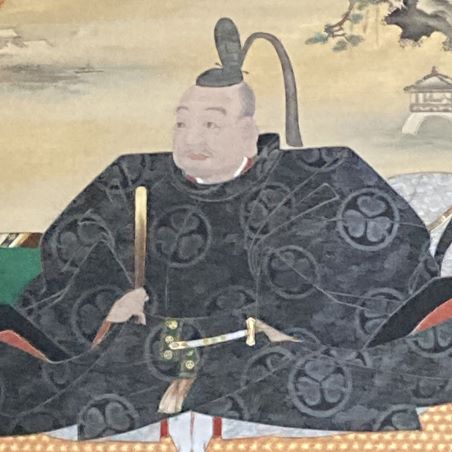
Tokugawa Ieyasu (1543-1616, 徳川家康), the 1st Shogun of Tokugawa Shogunate (1603-1868), realized a peaceful era of the 260-year Edo period by ending the turbulent period. His vision was "to make the world of peace and purity from the filth of the Warring States period (厭離穢土・欣求浄土)." He was born in Okazaki Castle, moved to Hamamatsu Castle, Edo Castle, and then to Sunpu Castle till the end of his life. >> Read More
Tokugawa Yoshinobu
Tokugawa Yoshinobu (1837-1913, 徳川慶喜), the 15th and Last Shogun of Tokugawa Shogunate (1603-1868) returned the political power to the emperor with his hand, brought down its Shogunate curtain, realized the bloodless surrender of Edo Castle, and stemmed the great western power’s colonization. His tough decision depends on his belief; for the people, for preventing colonization, for the emperor as the raison d'être of the nation, and the Tokugawa clan, even though whatever would happen to him. It's his determination and Samurai spirits. >> Read More

